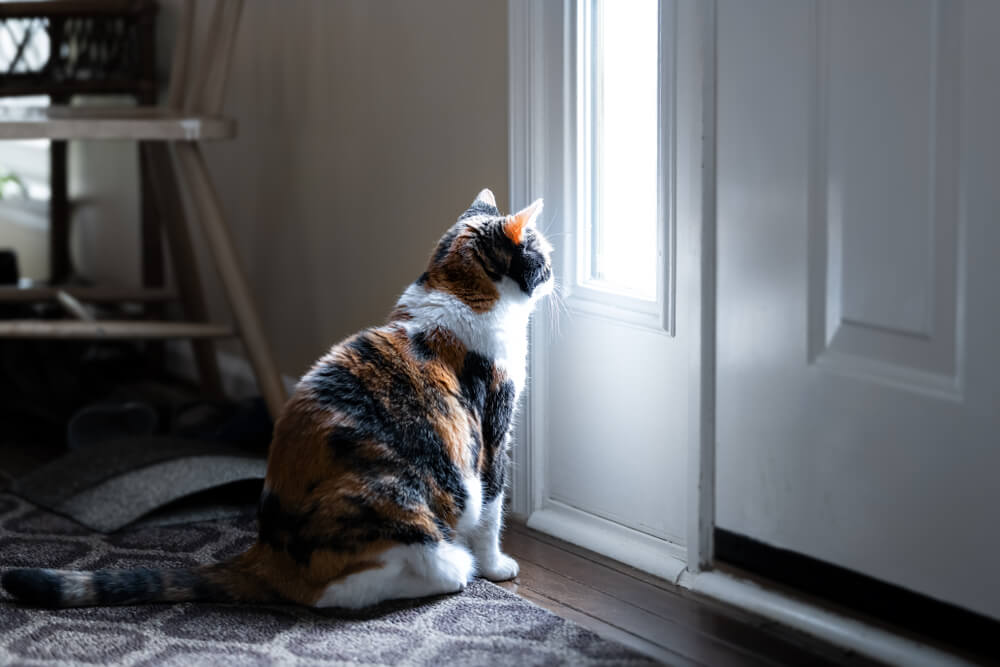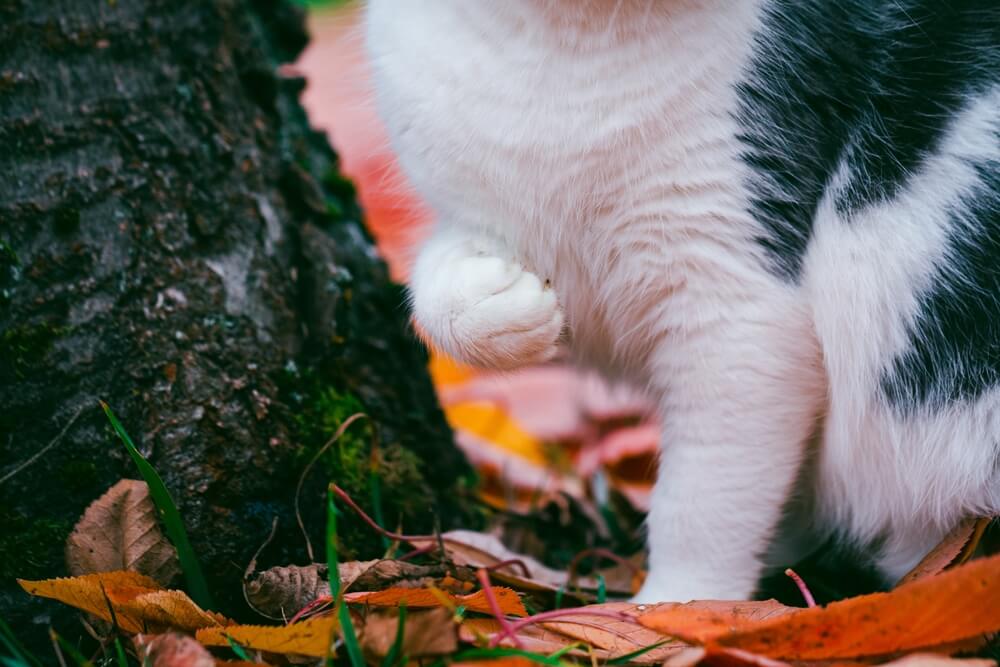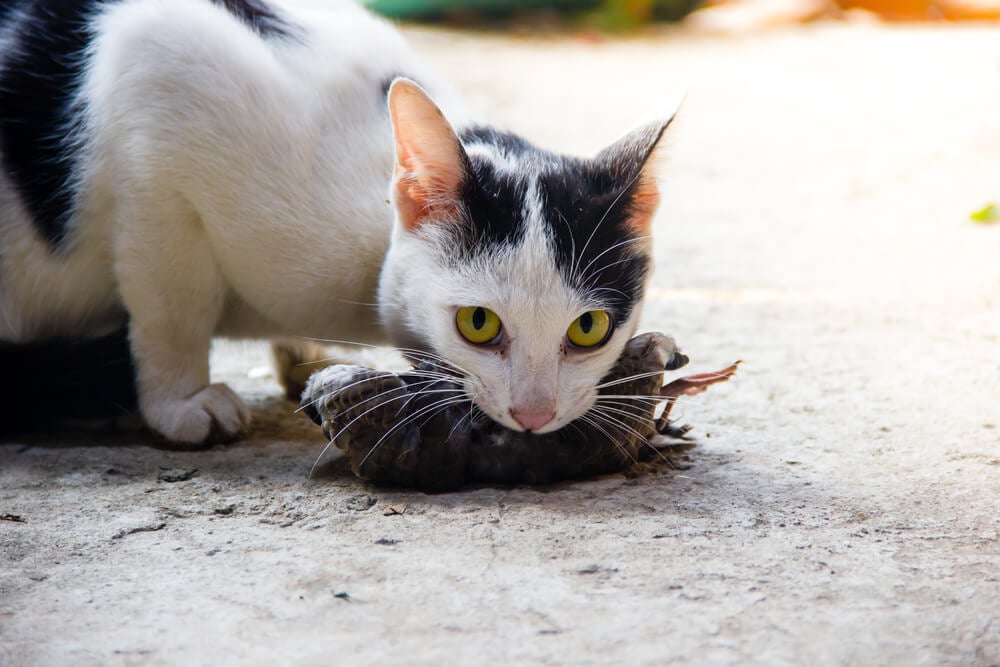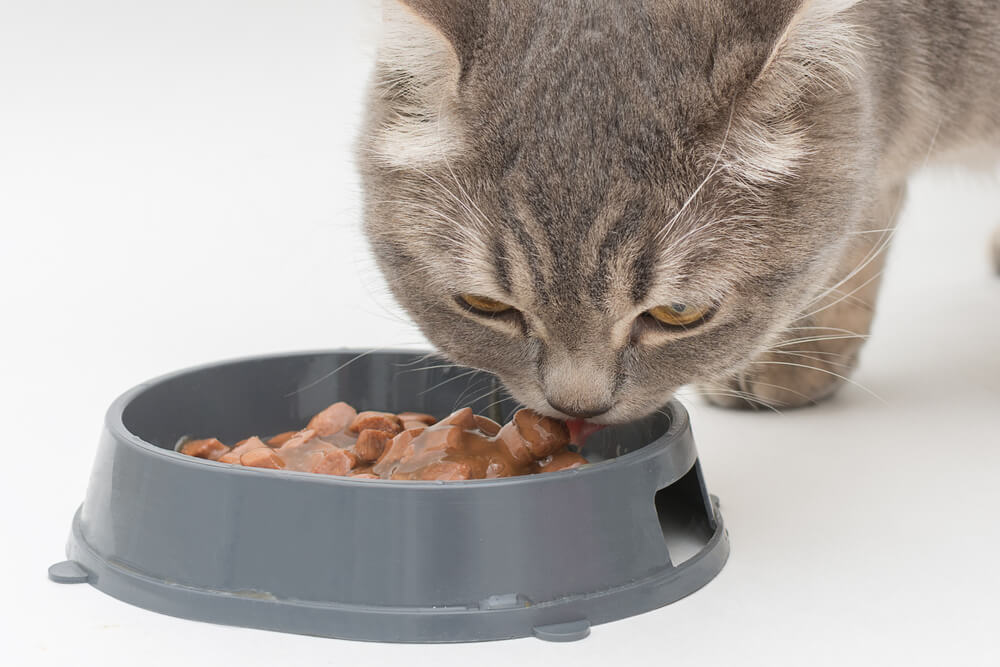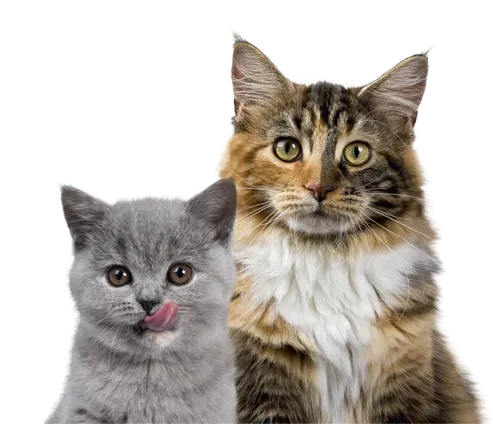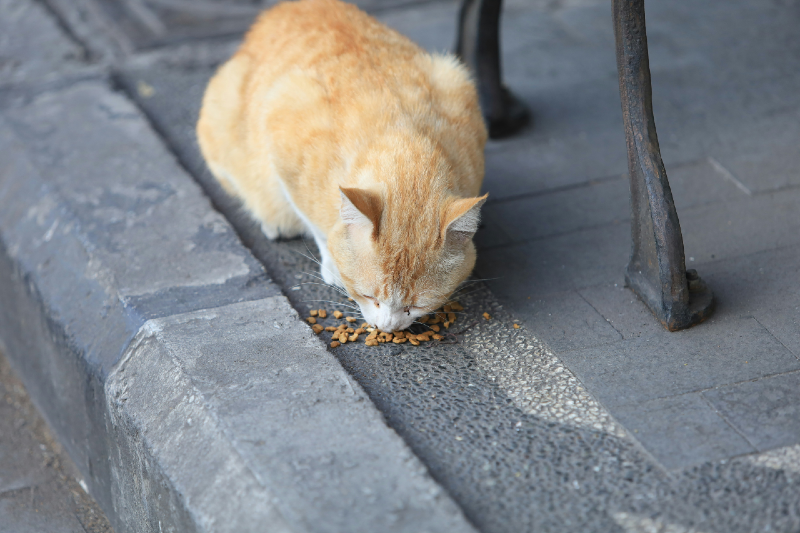
Cats will do almost anything for a treat. Your cat will no doubt have tried all the various tricks in the book in an attempt to manipulate you into giving them their favorite tasty treat. And all cat parents will know how hard it is to not give them that treat, especially when they make those eyes…
Although healthy treats are fine for cats in small quantities and as part of a balanced diet, it’s important to be aware of how many treats you’re giving them, and what’s contained within them, in terms of ensuring your cat remains healthy.
In addition, rewarding your cat with treats at the wrong time can encourage unwanted behavior.
With that in mind, here at Cat Food Advisor, we’ve put together a guide on the rights and wrongs of cat treats.
Rights
Make them work for it
It might be tempting to simply hand treats over to your cat as a way to show you care for them, but it’s more exciting for them if they have to work for it. In the wild, if they want a mid-afternoon treat, they have to track and hunt — which provides plenty of physical and mental stimulation.
So when you give your cat a treat, try hiding it somewhere for them to find, or use a lick mat or treat ball so they have to use their brain to figure out how to get hold of it.
Treat them immediately
If they do the thing you’re trying to train them to do, whether it’s successfully using their litter box or not scratching the carpet, give them the treat instantly. Delaying giving the treat will only serve to confuse your cat, as if time passes they won’t connect the reward with the good behavior they displayed.
Find the right treats for your cat
There’s a wide range of treats available, so take some time to find ones that will suit your cat. Some are designed for cats with allergies or sensitivities, others help improve dental health. Explore different types, and always check the calorie content, as not all treats are equal.
As a guide, treats should comprise no more than 10% of your cat’s daily calorie intake, so ensure you track what you’re giving your cat, and try not to go over their daily limit otherwise there’s a risk they will put on weight.
Wrongs
Rewarding bad behavior
Giving your cat a treat to stop them doing something they should not be doing will only serve to make them think they’re doing something right. It might seem like an easy answer to the problem, but in reality it’s enforcing unwanted behavior.
Instead, give treats when your cat does something you want to encourage, such as using their scratching post rather than your sofa.
Too many calories
Treats are so delicious usually because they’re less healthy than your cat’s regular diet. They taste great, but that’s why they’re small in size — designed to be given to your cat in moderation.
If you begin to give your cat too many treats in addition to their regular meals, they’ll eventually start to put on weight, and once they gain weight and potentially become obese, it can result in a range of health issues. These can include diabetes, heart problems and arthritis or joint problems, and in the long run will end up shortening their lifespan.
Over-treating your cat
If you give your cat too many treats, not only do you risk damaging their health as mentioned above, but also they may become lazier and simply demand delicious treats at the expense of other activities, such as play, hunting or chasing. Instead, aim to balance the amount of treats you give them with play as a reward too — so your cat remains engaged, curious, and active.
Use human foods as treats carefully
If you decide to give your cat human foods as a treat, be careful what you give them as some human foods are toxic to cats and can cause health problems ranging from gastrointestinal upset to more serious issues, some of which can be fatal. Check carefully which human foods are safe to give to cats before giving scraps of food to them as a treat.
We uphold the highest editorial standards when creating the authoritative content pet parents rely on and trust.
Every piece of clinical content on the Cat Food Advisor is reviewed by our certified Veterinary Advisory Board, which consists of licensed veterinarians and medically certified specialists.
Our reviews are completely independent; we are not paid by any pet food company to promote their products favorably. We do not accept money, gifts, samples or other incentives in exchange for special consideration. For more information see our Disclaimer & Disclosure page.



